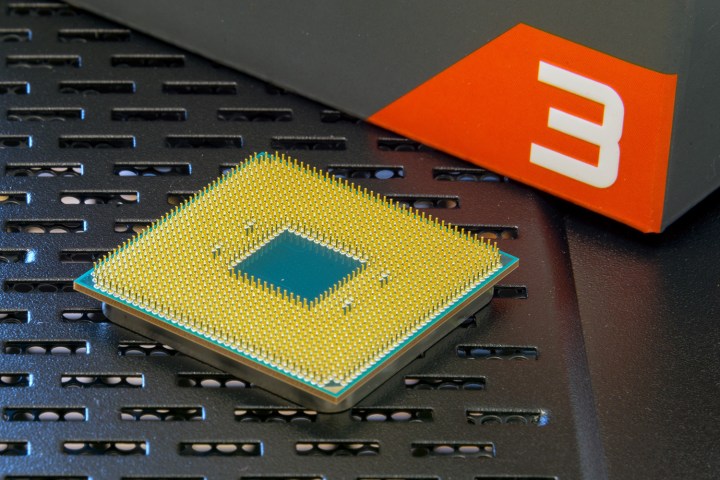There is nothing worse than ripping open a bunch of boxes, starting to put something together, and then one missing or defective part gets in the way. Bedroom furniture, swing sets, or computers, it doesn’t matter — nobody wants to deal with the hassle. This thing happens when building a PC on occasion, specifically because of the constantly evolving nature of the industry. Plug a new CPU into a motherboard, for example, and it won’t boot if the firmware doesn’t match up. And if the PC won’t boot, then you can’t install the new firmware. Ouch.
That is exactly the case with AMD’s newest accelerated processing unit (APU) that mates a Ryzen CPU with a Radeon Vega GPU. The Ryzen 3 2200G and Ryzen 5 2400G work with some existing motherboards, but new motherboard firmware is needed to let them play together. That leaves builders with a non-functioning PC and a major hassle. Fortunately, AMD is taking steps to make the process a little less painful.
Usually, you would be required to procure your own processor to get things up and running. For example, you could simply buy the least expensive CPU that is compatible with both the motherboard and the firmware it ships with already installed. Rather than requiring users jump through these hoops to boot the system and flash the firmware, AMD is offering its own boot kit, free of charge, that includes a low-end AMD APU that can be used to get things updated so that the shiny new AMD APU is supported. As Ars Technica reports, AMD is shipping an A6-9500 APU — a decidedly low-cost processor — that can be used to get things up and running.
Once you’re done, you need to send the A6-9500 back to AMD, apparently without its heatsink. While it is a free solution, it’s not without its own hassles. To get started, you need to head to AMD’s support site and fill out the required warranty request form. Once AMD has confirmed that your APU is qualified for the offer, then they ship you the kit and email you the required instructions. Pop in the supported APU, boot up your PC, update the firmware, swap out the new APU, and you will be up and running with your entry-level gaming machine.




